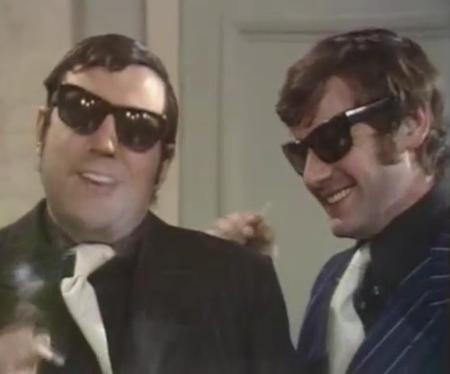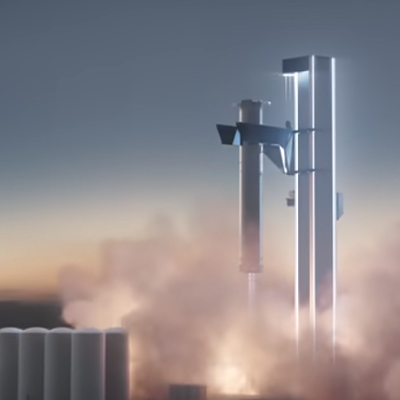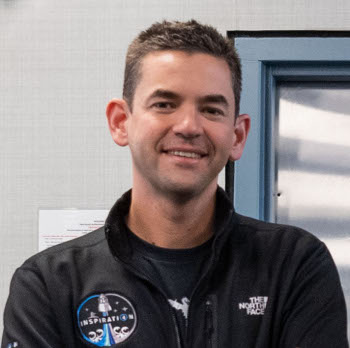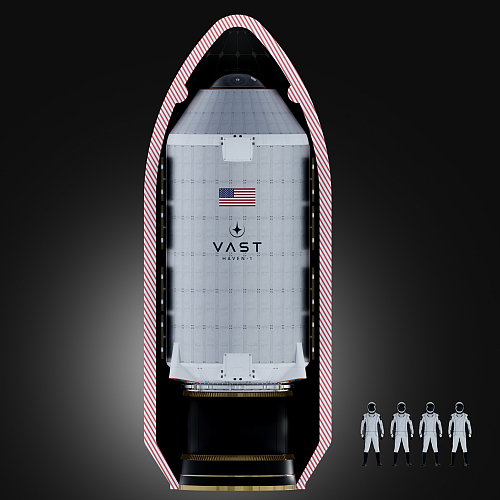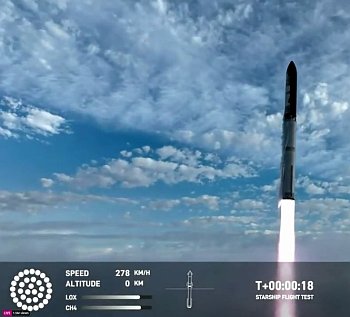SpaceX launches 21 Starlink satellites
SpaceX this morning successfully placed another 21 Starlink satellites into orbit, its Falcon 9 rocket lifting off from Cape Canaveral in Florida.
The first stage completed its fifteenth flight, landing on a drone ship in the Atlantic.
The leaders in the 2024 launch race:
87 SpaceX
37 China
10 Rocket Lab
9 Russia
American private enterprise now leads the rest of the world combined in successful launches 102 to 56, while SpaceX by itself leads the entire world, including American companies 87 to 71.
SpaceX this morning successfully placed another 21 Starlink satellites into orbit, its Falcon 9 rocket lifting off from Cape Canaveral in Florida.
The first stage completed its fifteenth flight, landing on a drone ship in the Atlantic.
The leaders in the 2024 launch race:
87 SpaceX
37 China
10 Rocket Lab
9 Russia
American private enterprise now leads the rest of the world combined in successful launches 102 to 56, while SpaceX by itself leads the entire world, including American companies 87 to 71.

